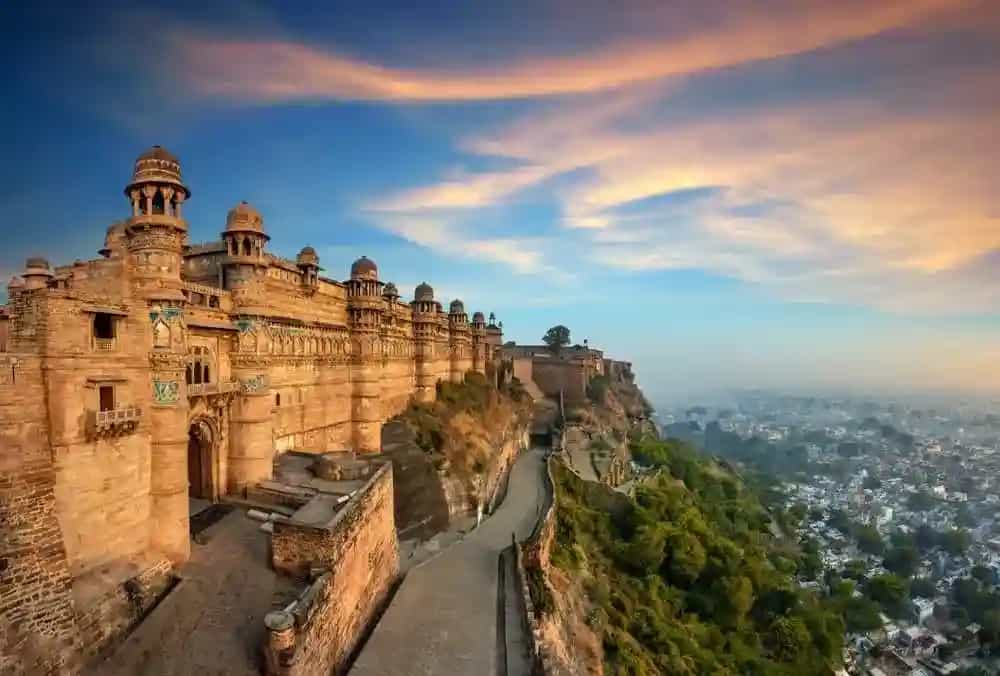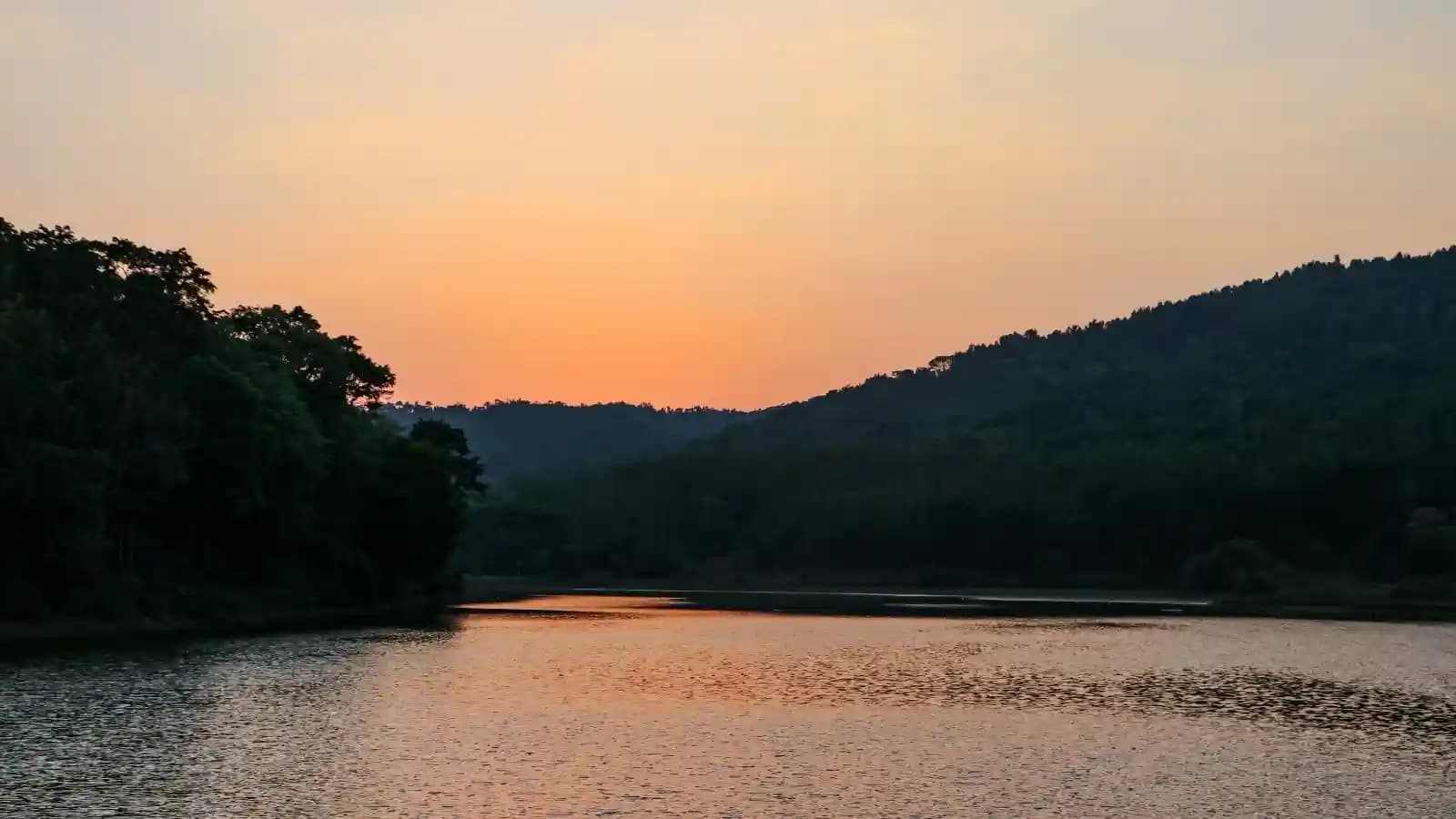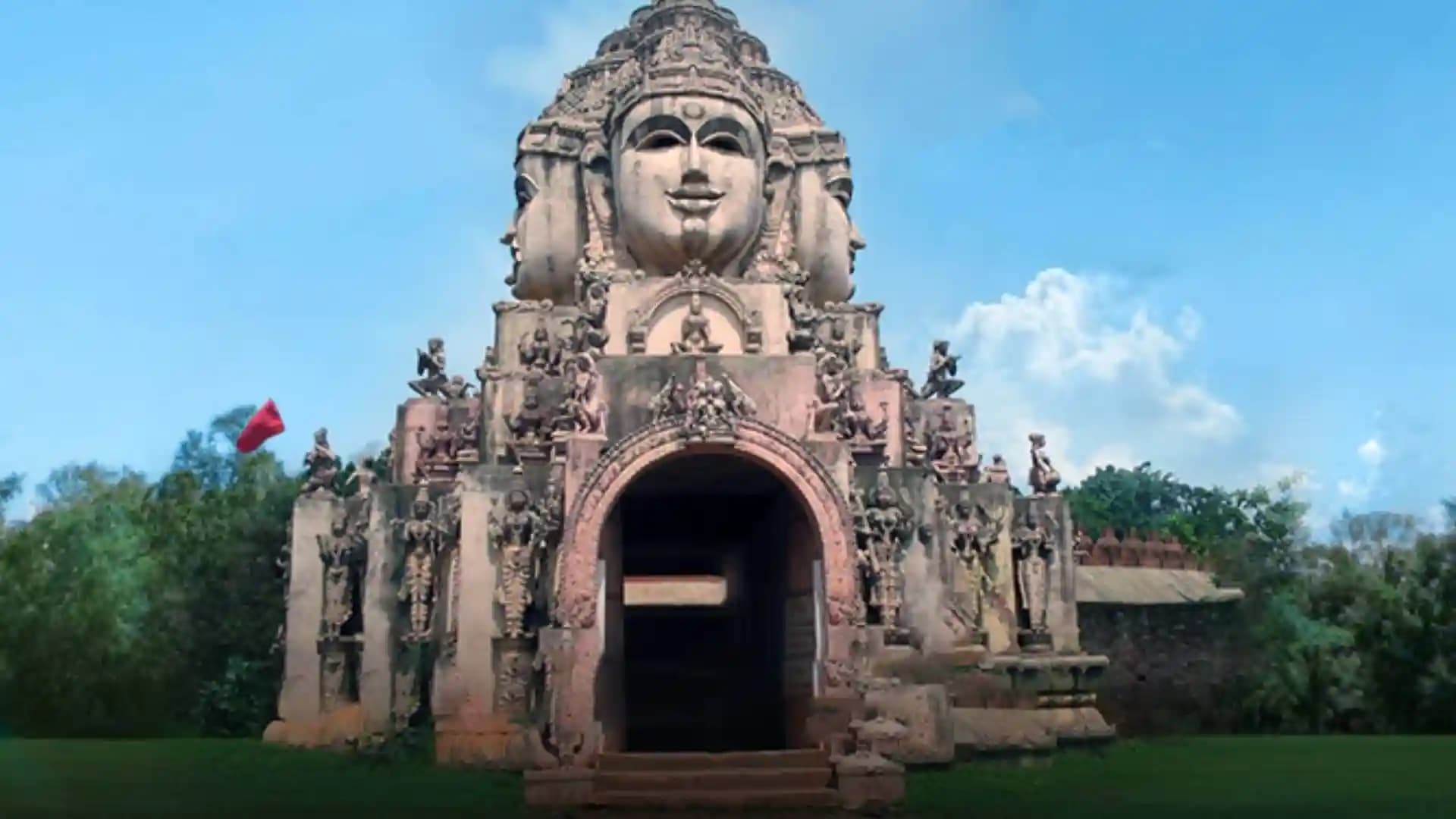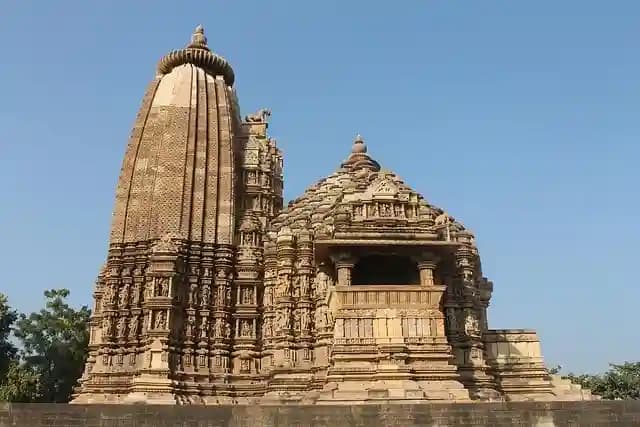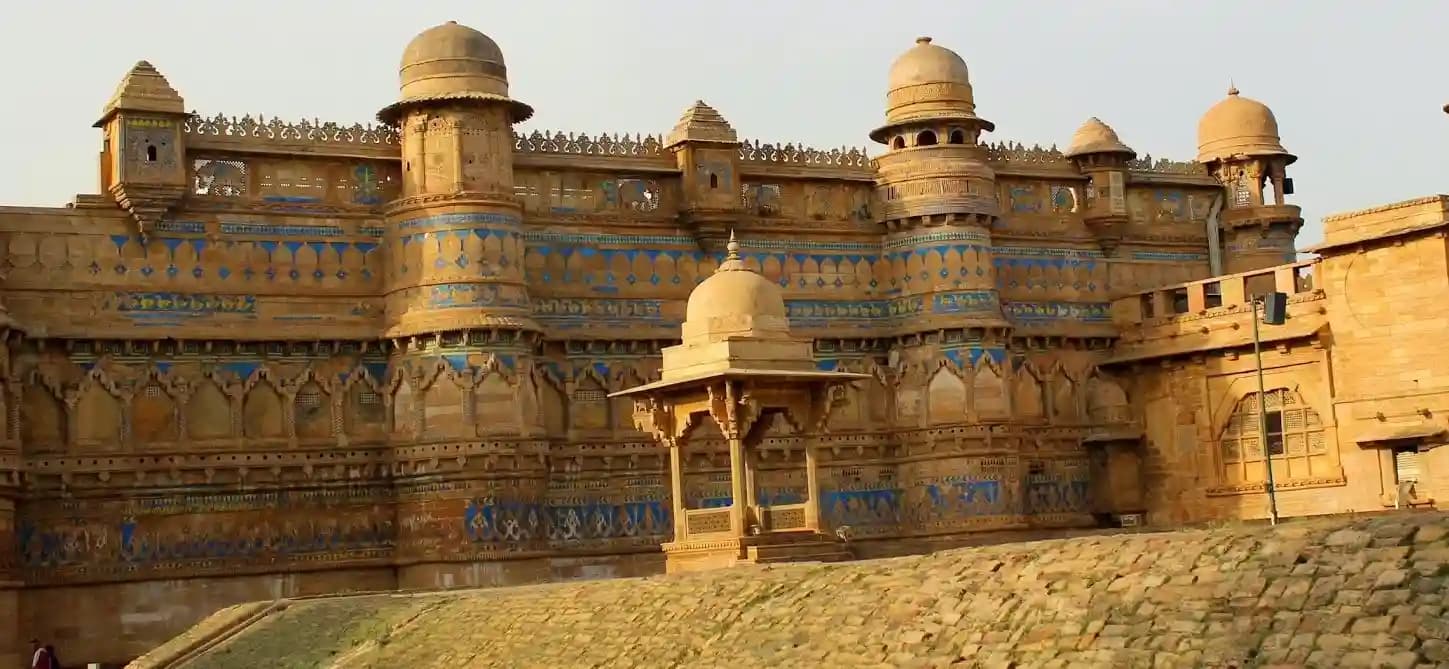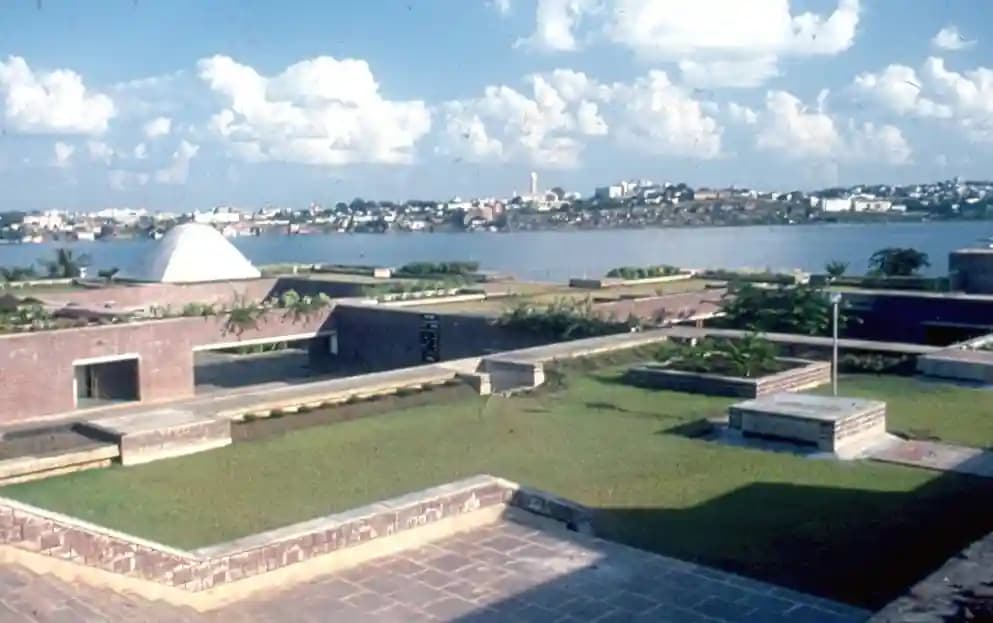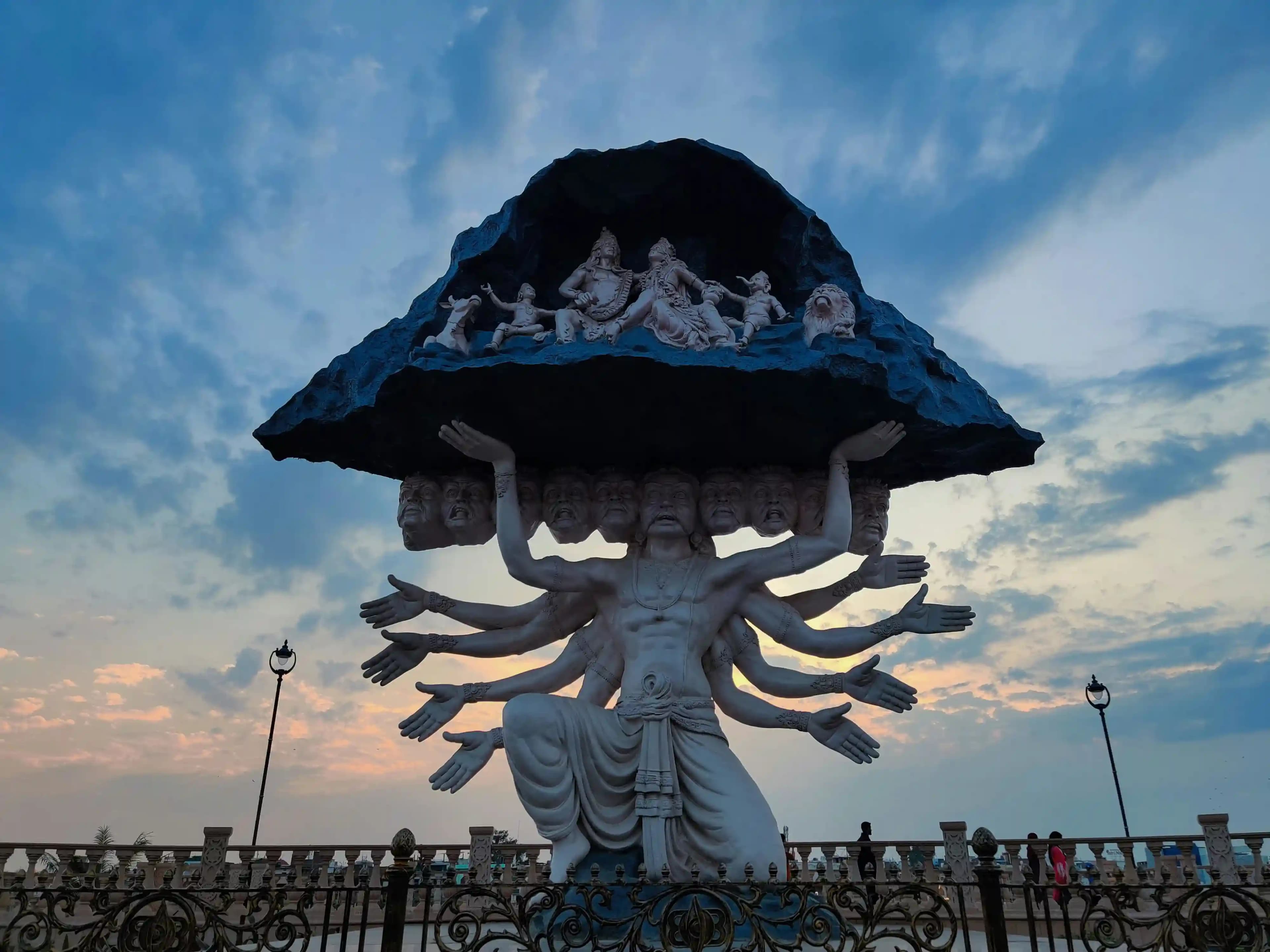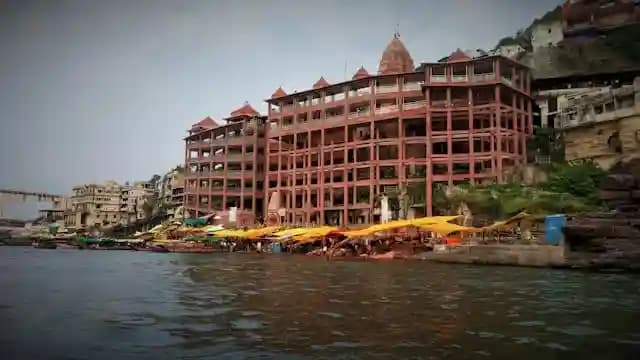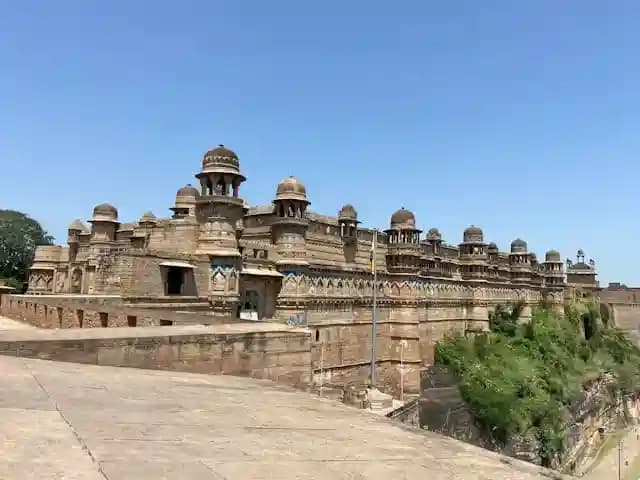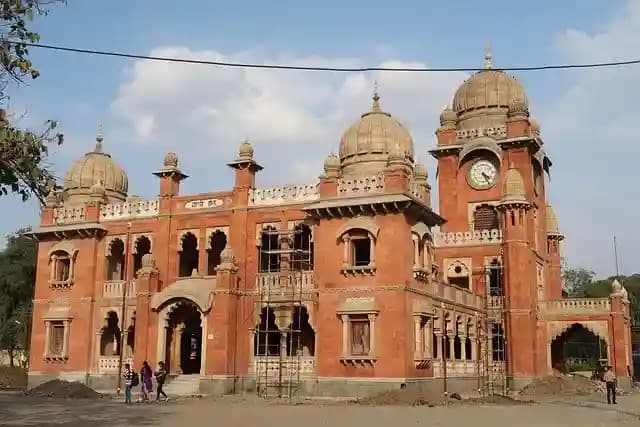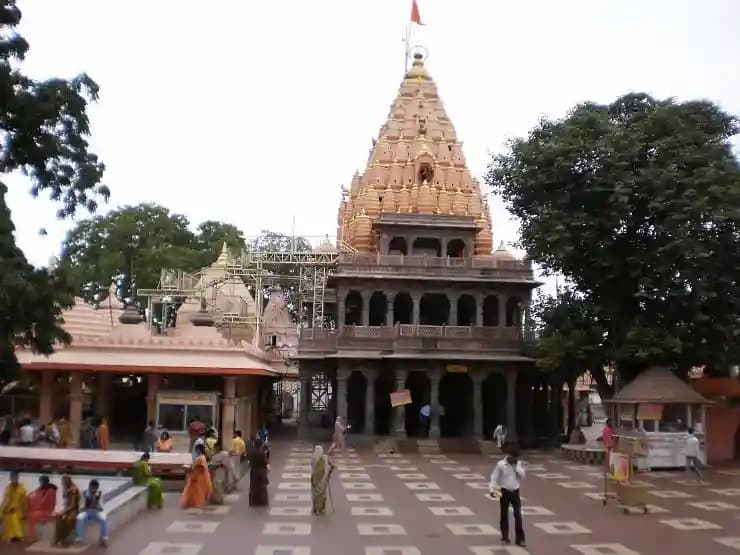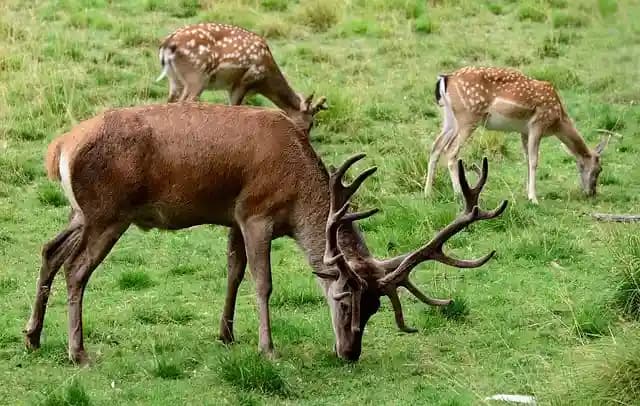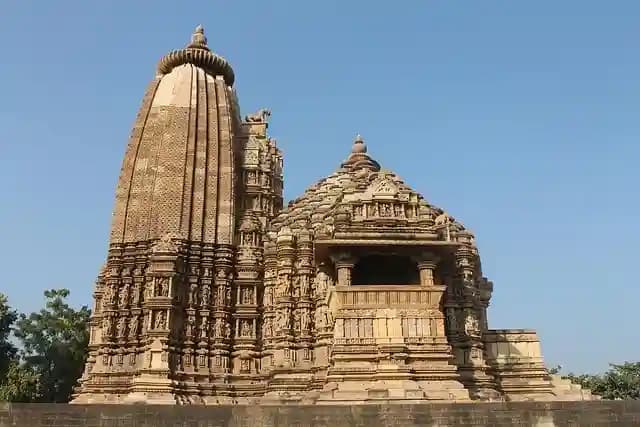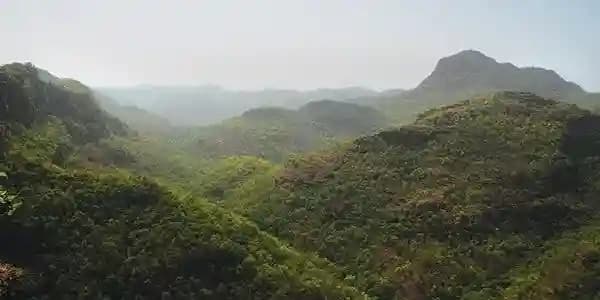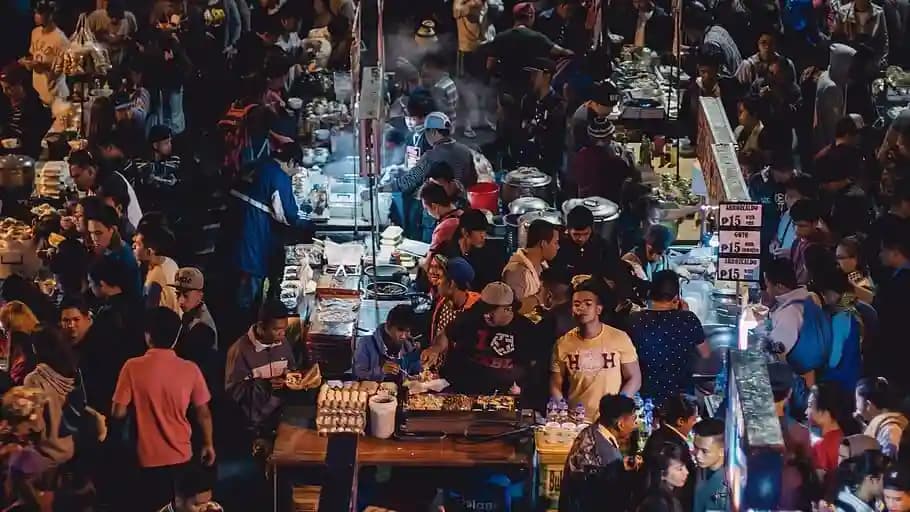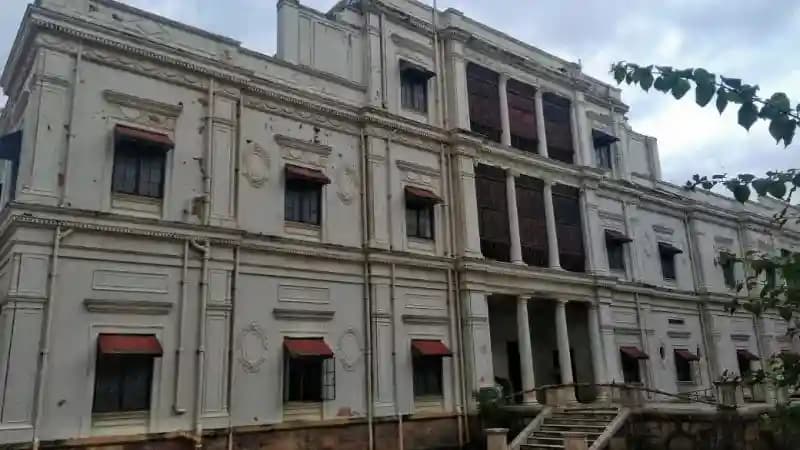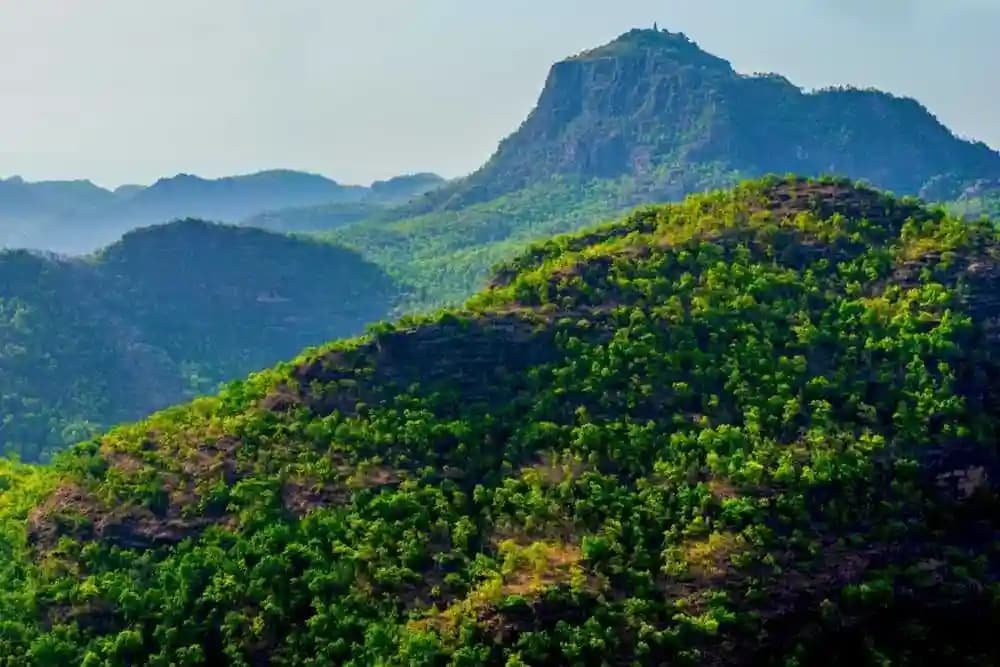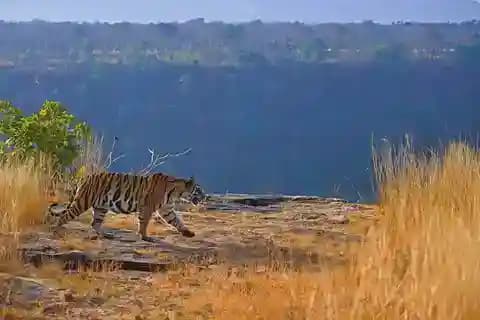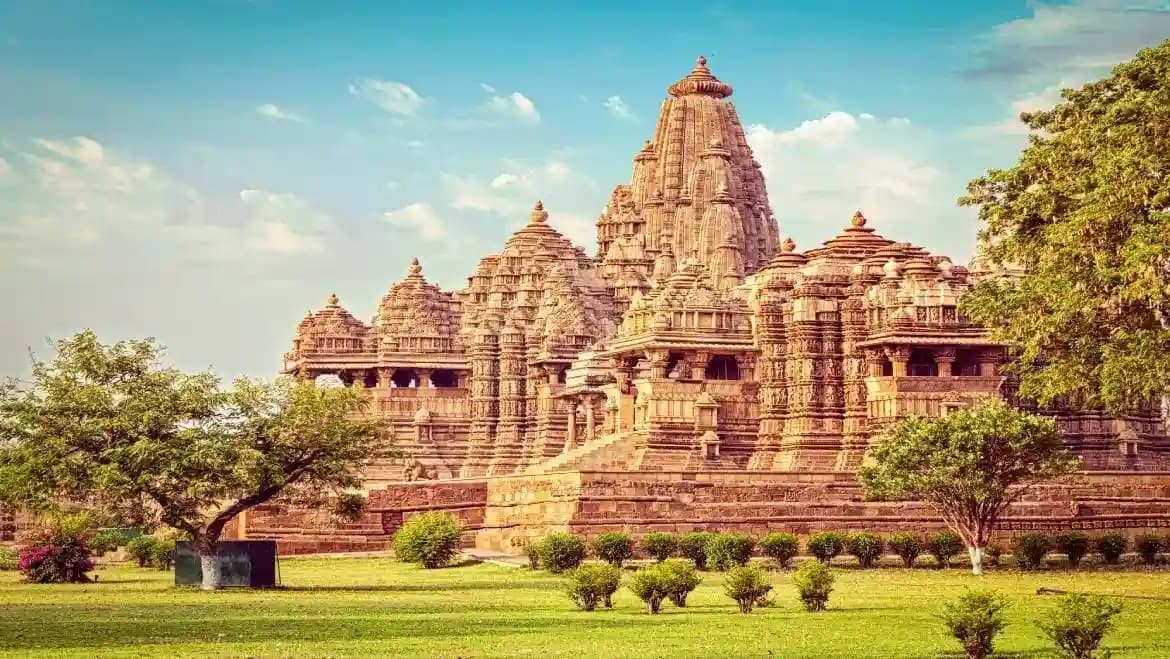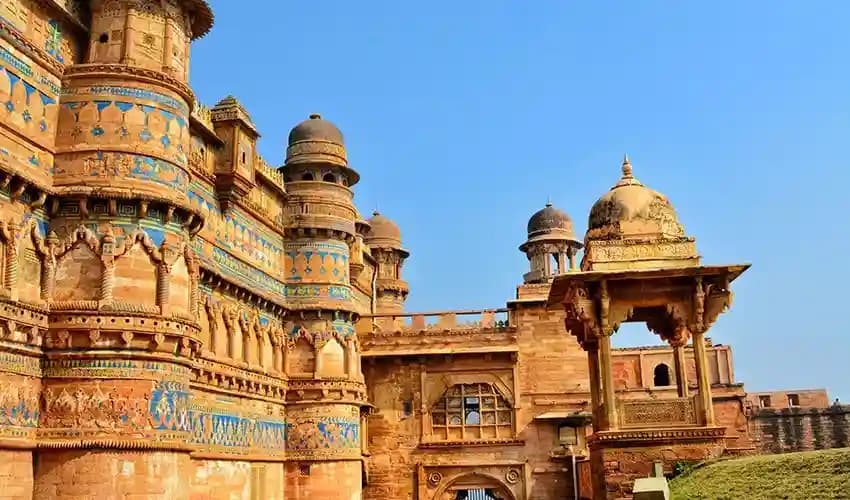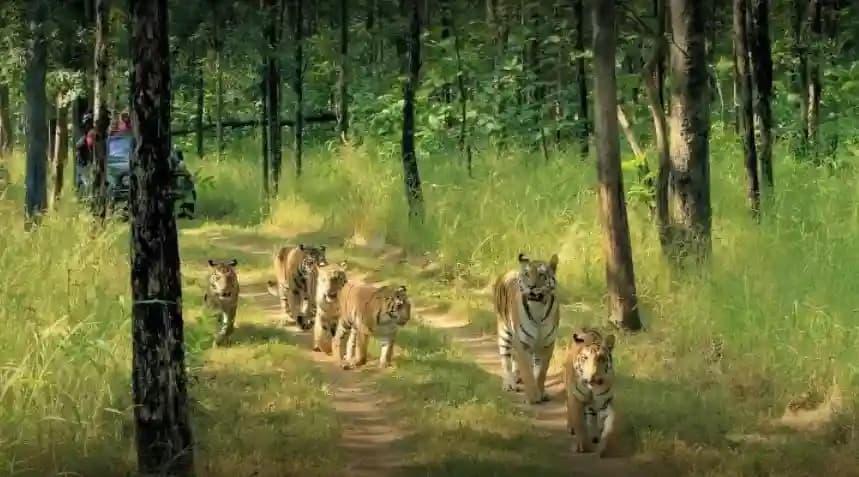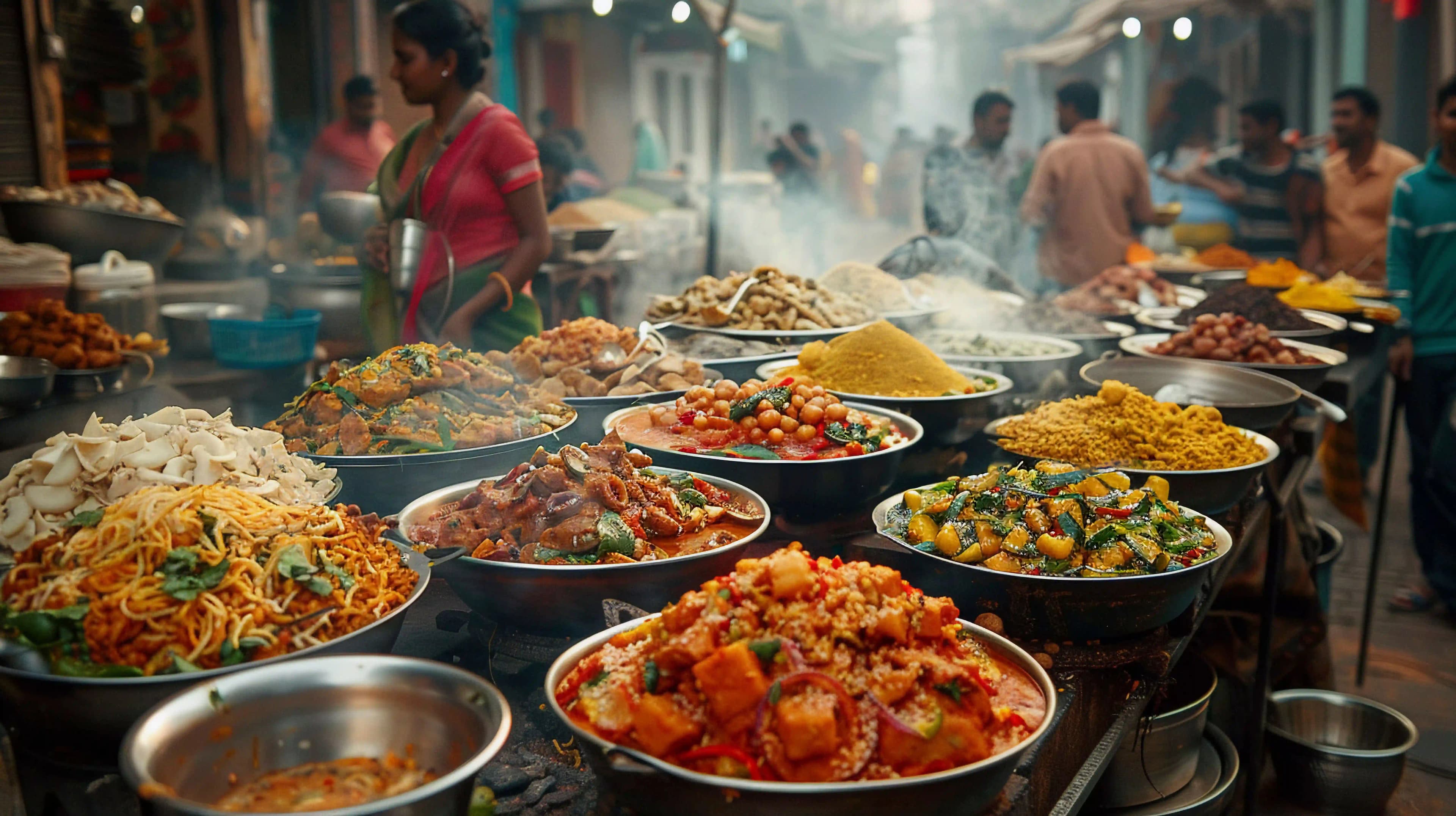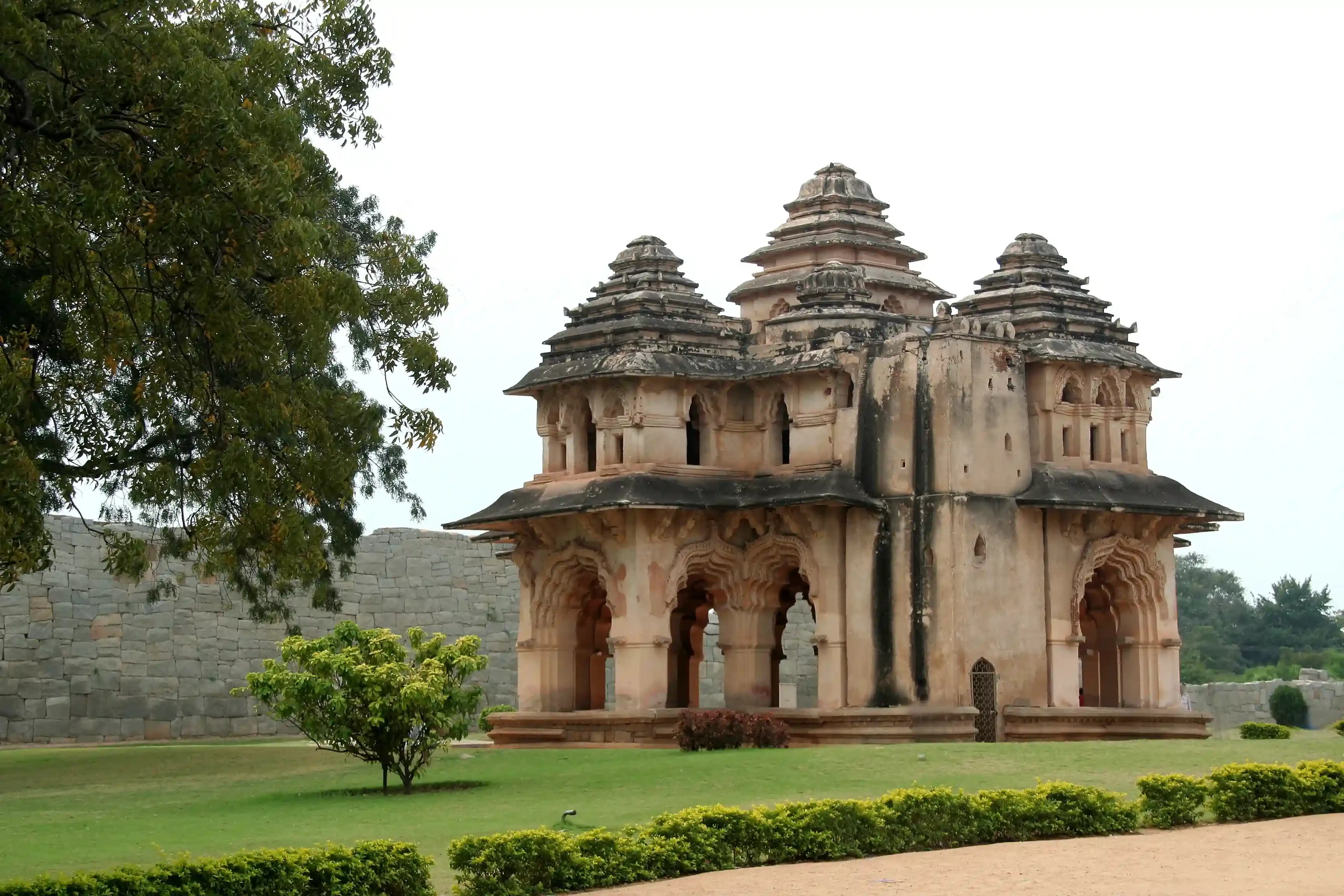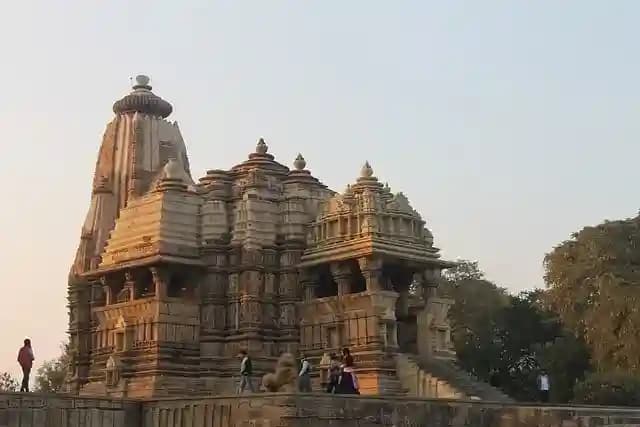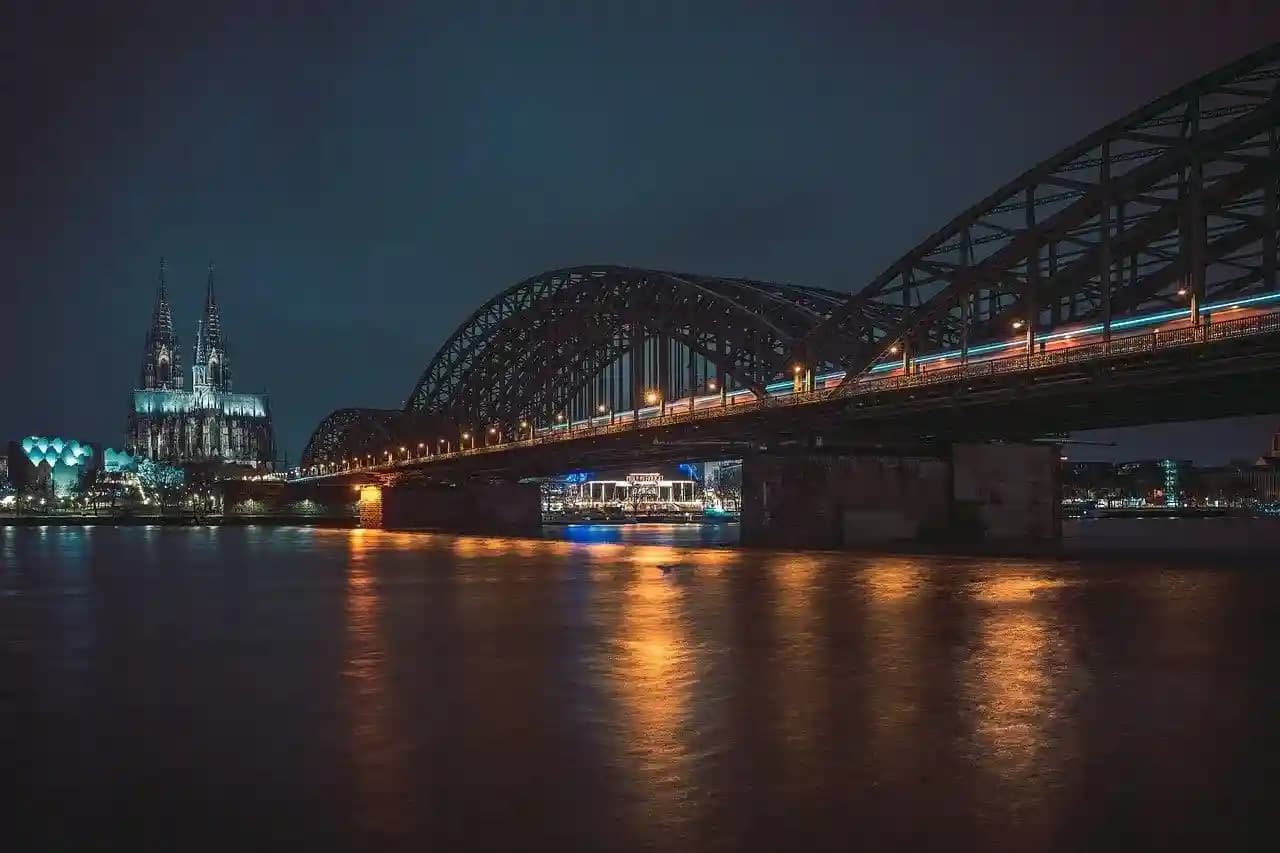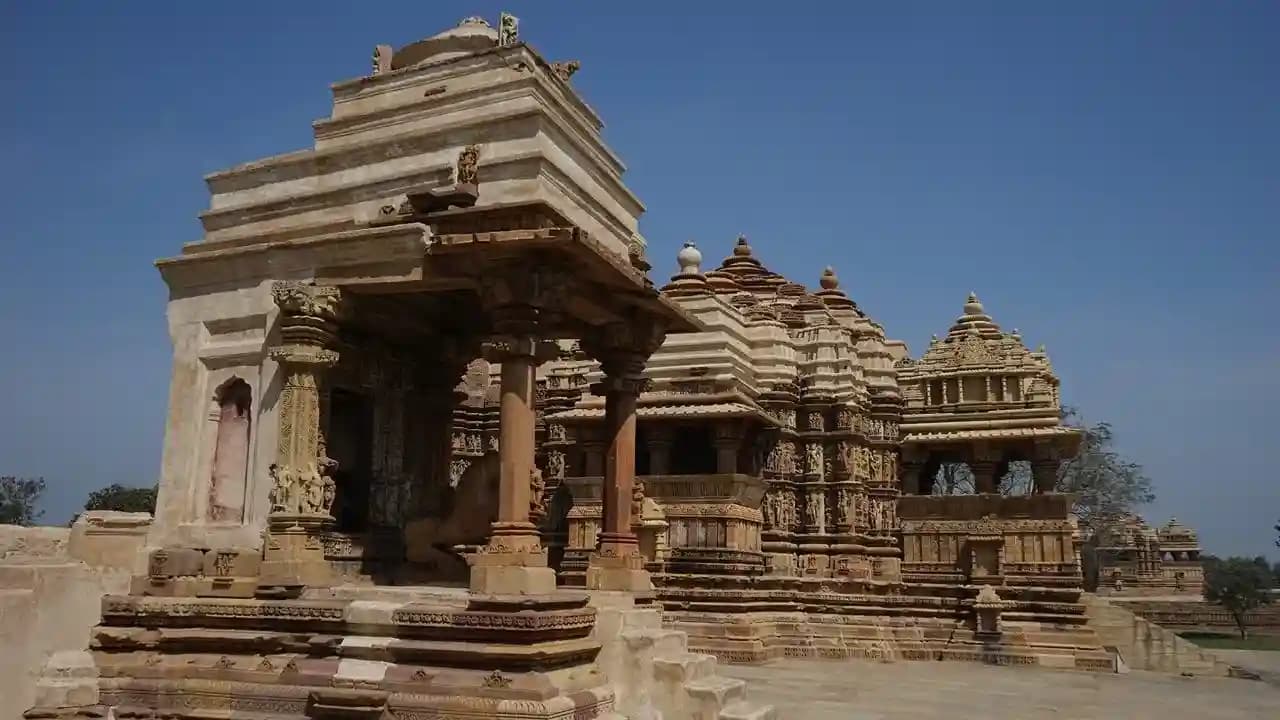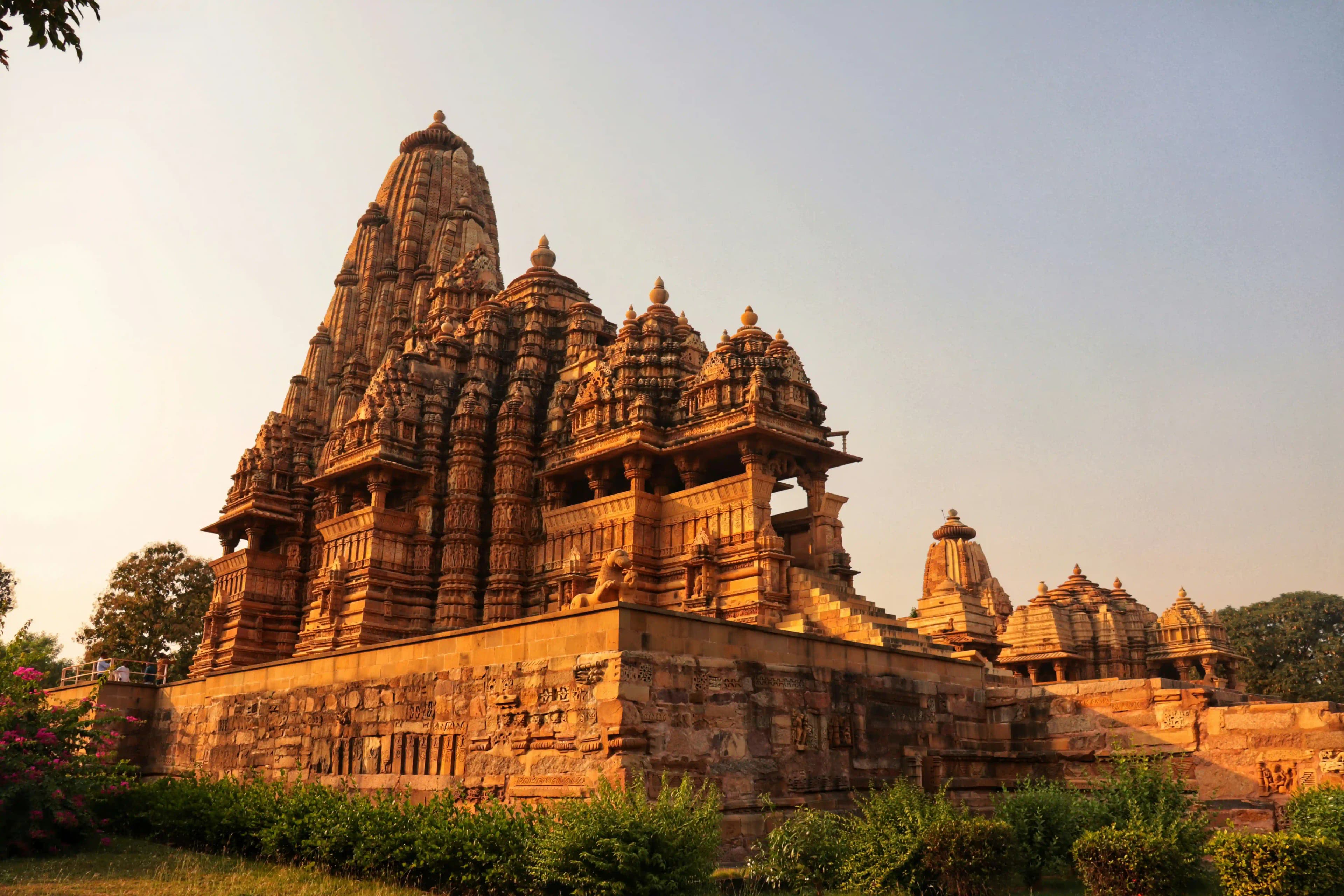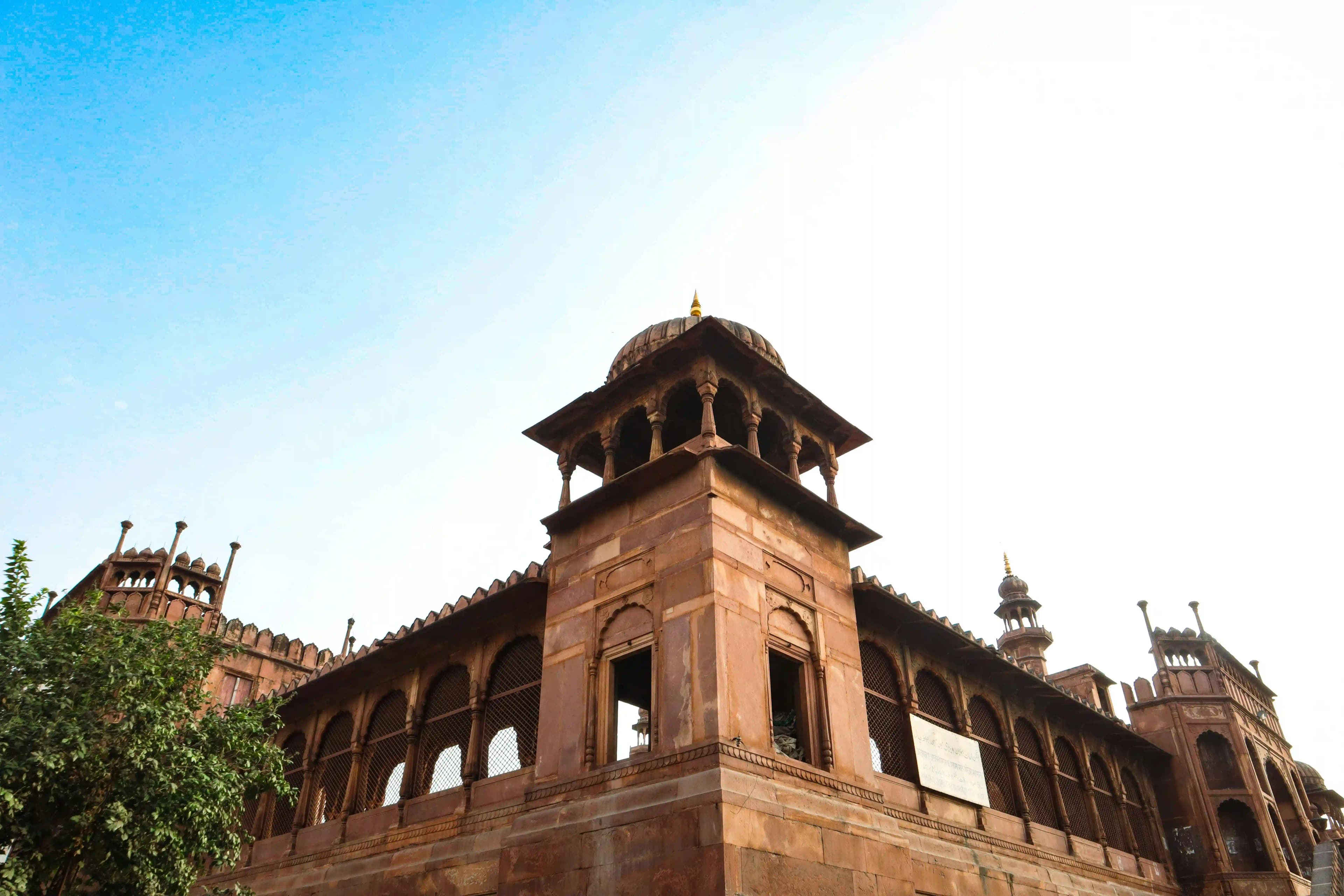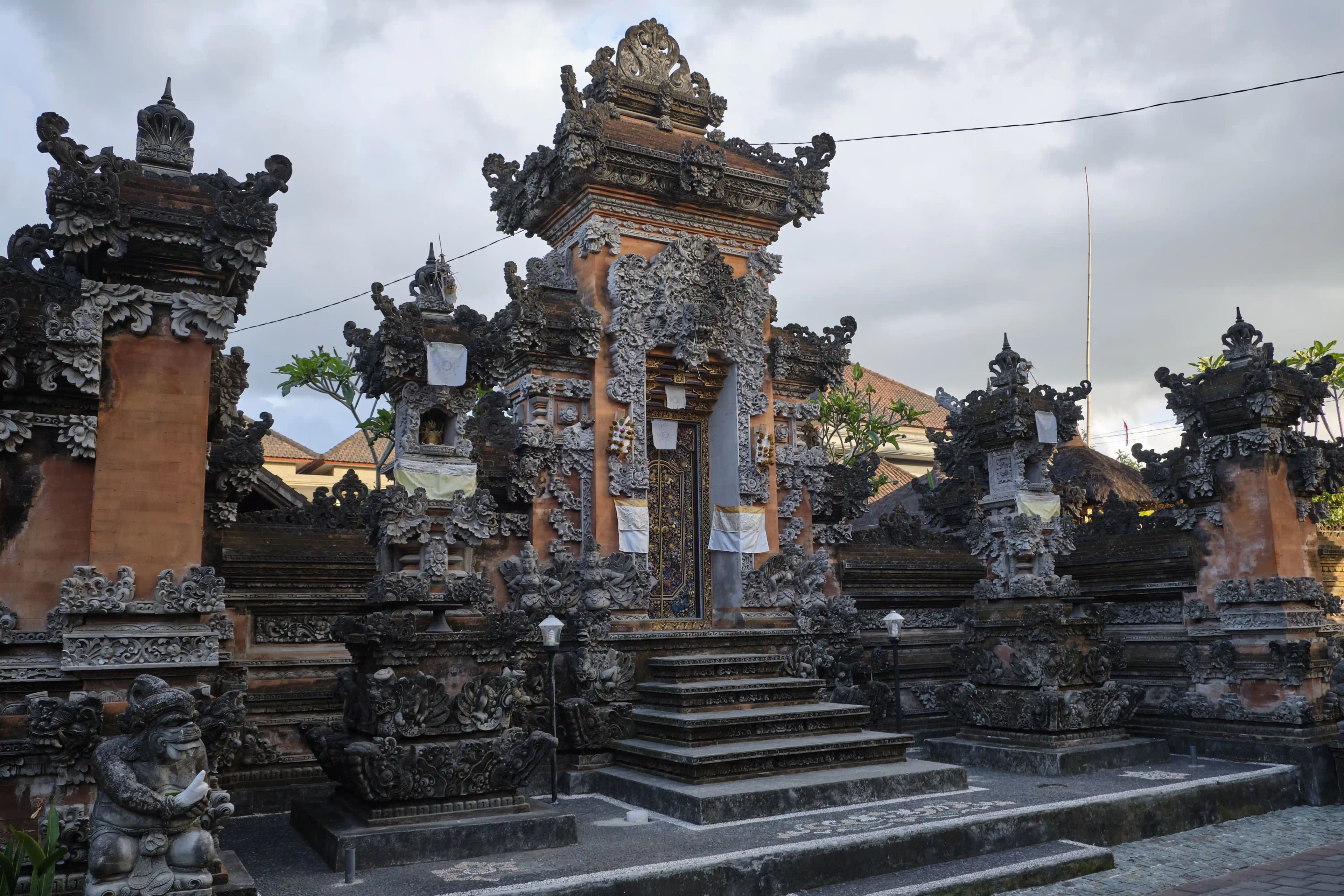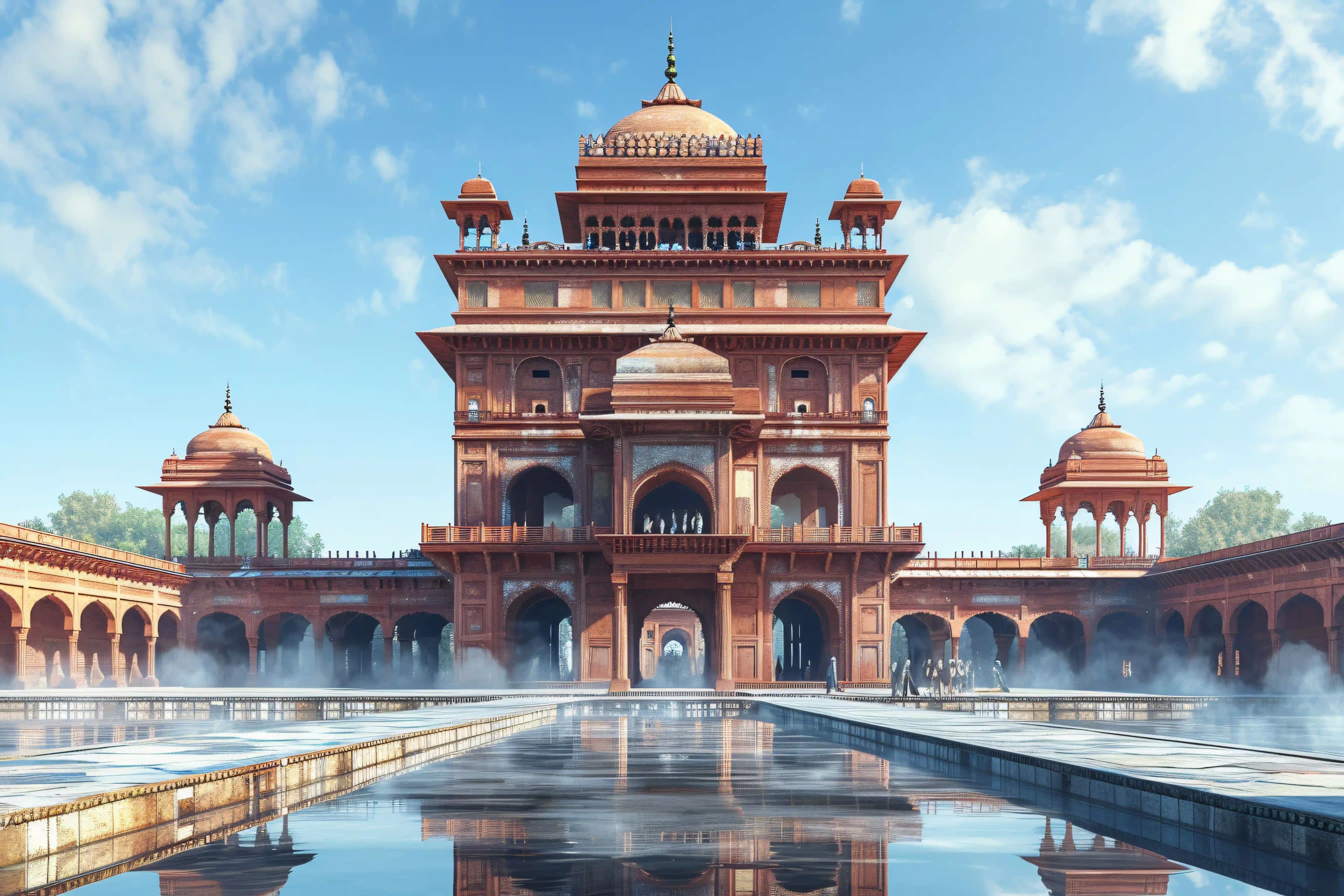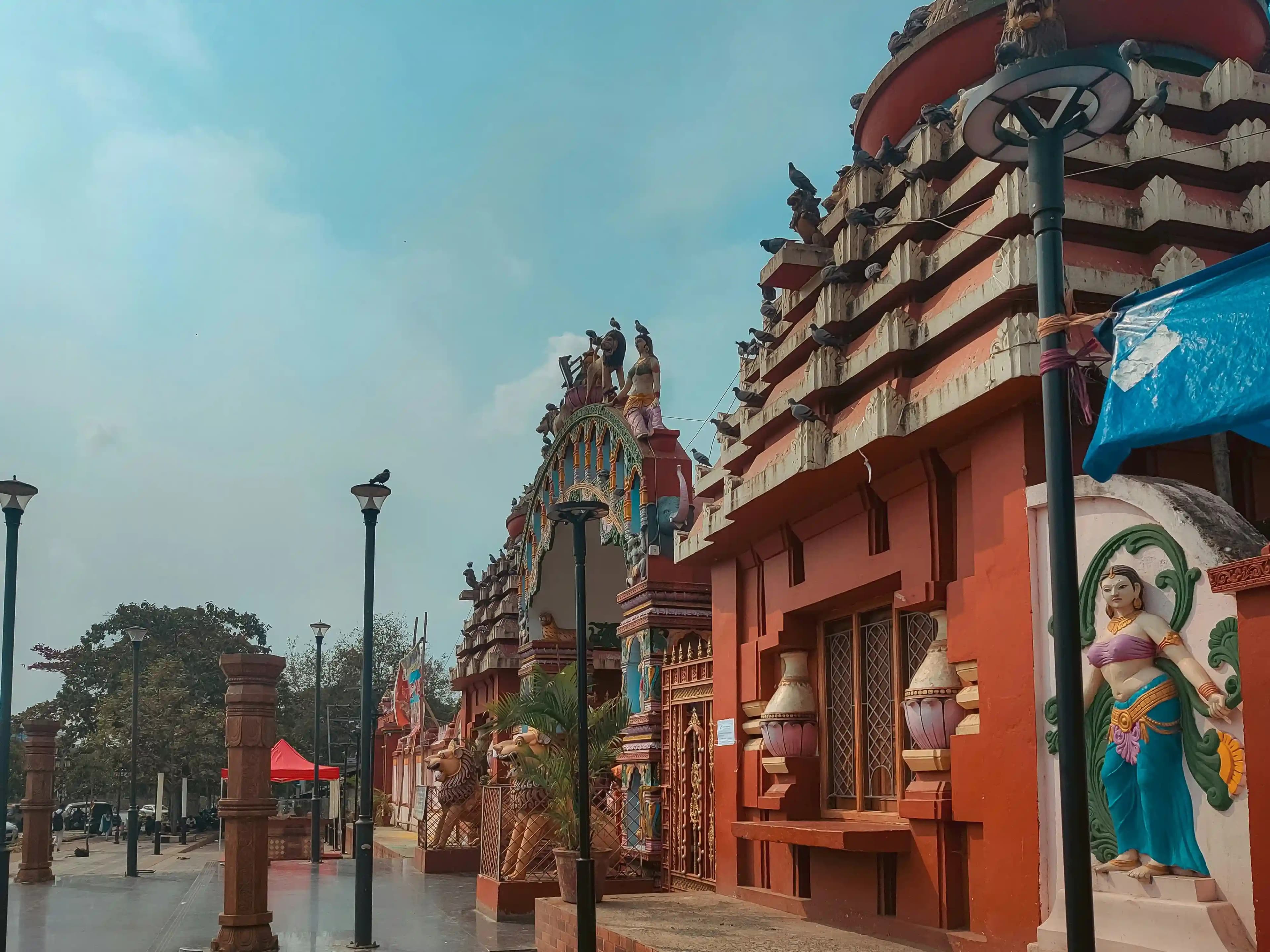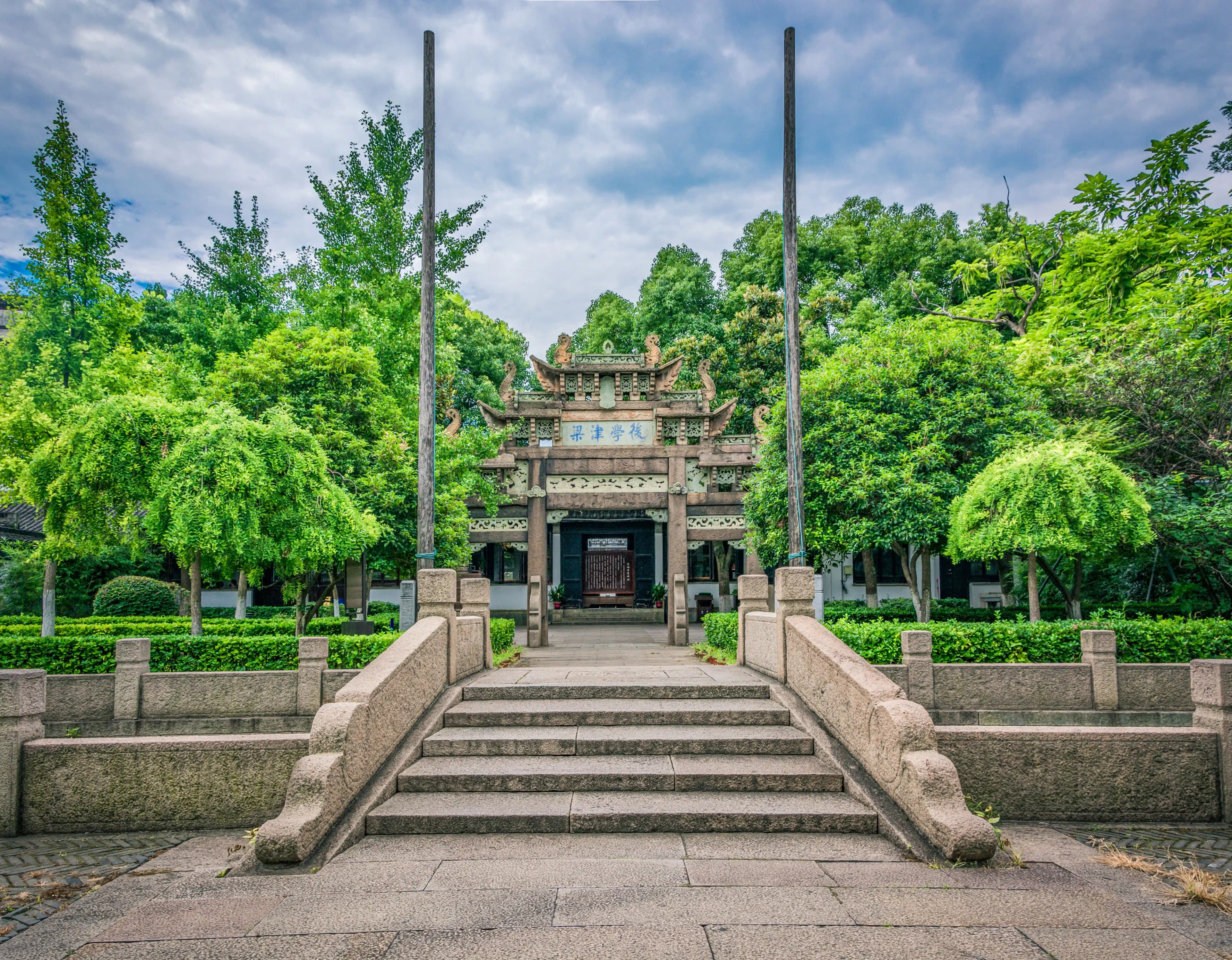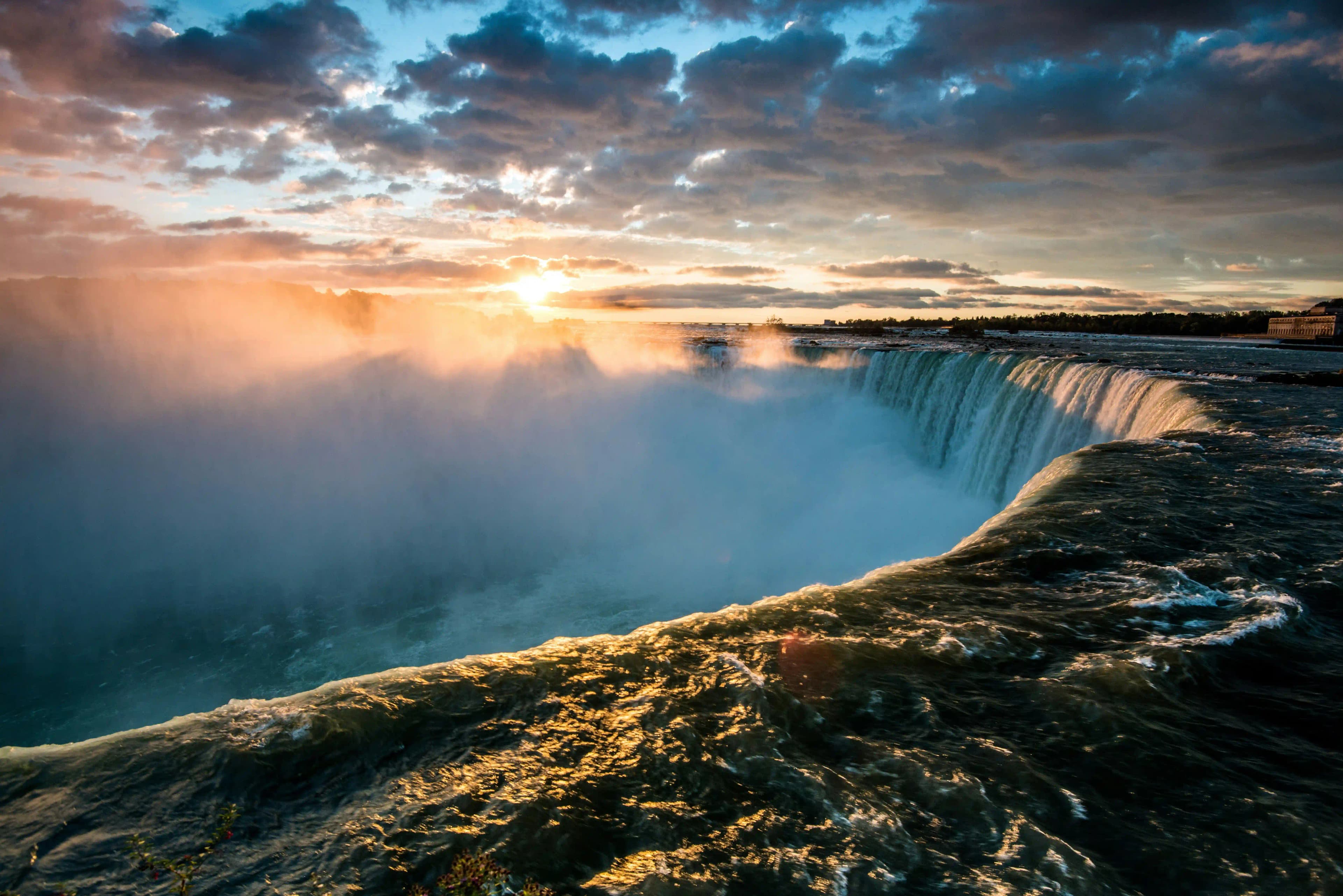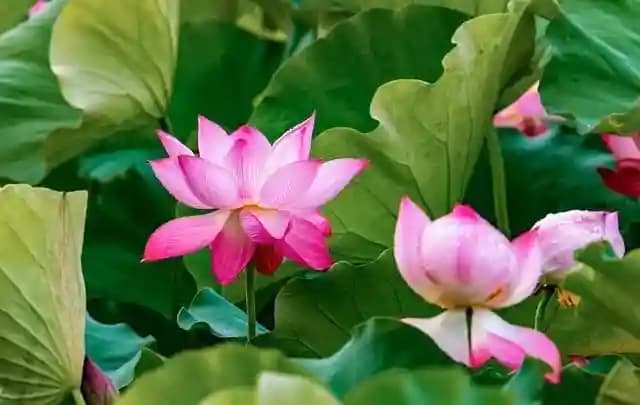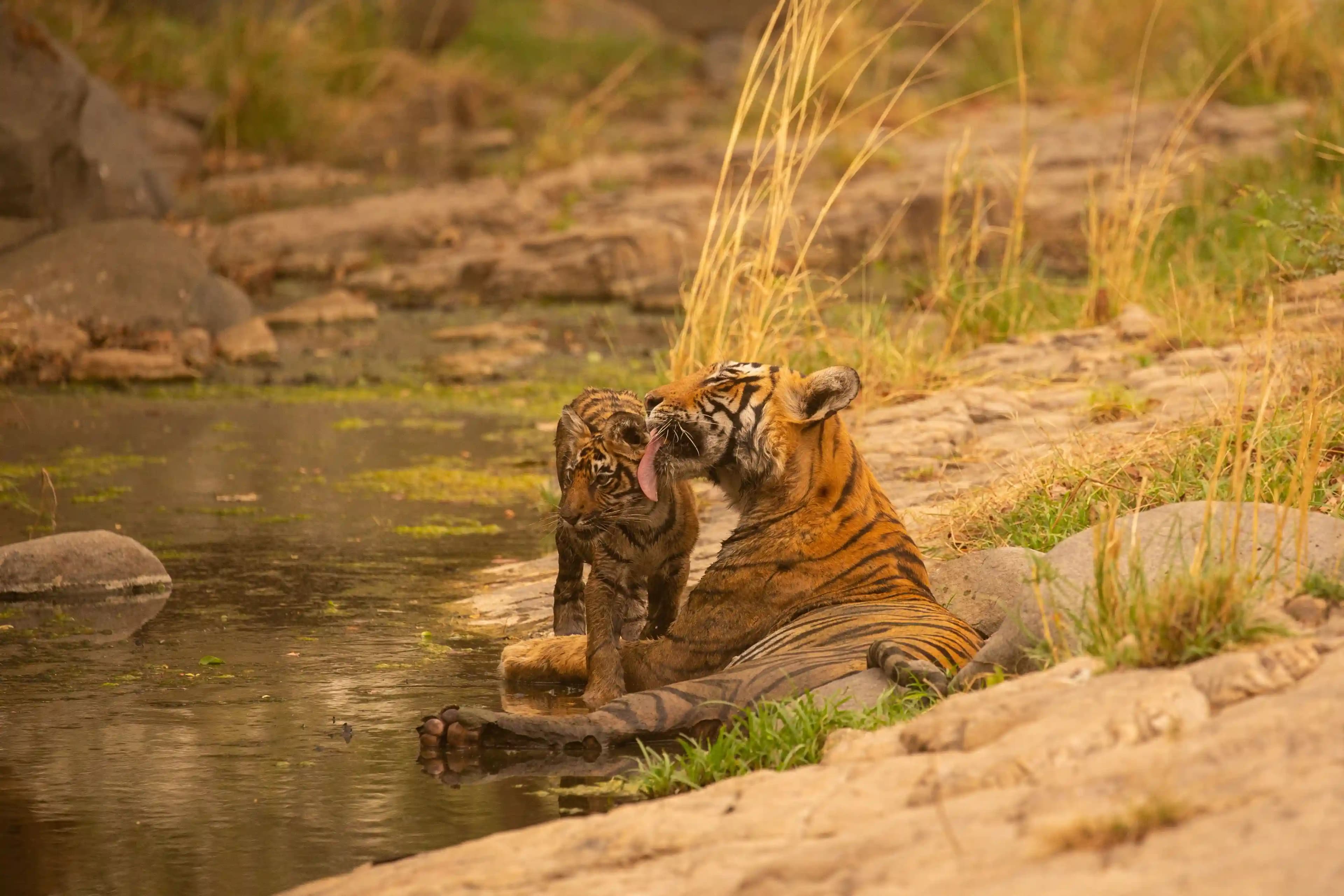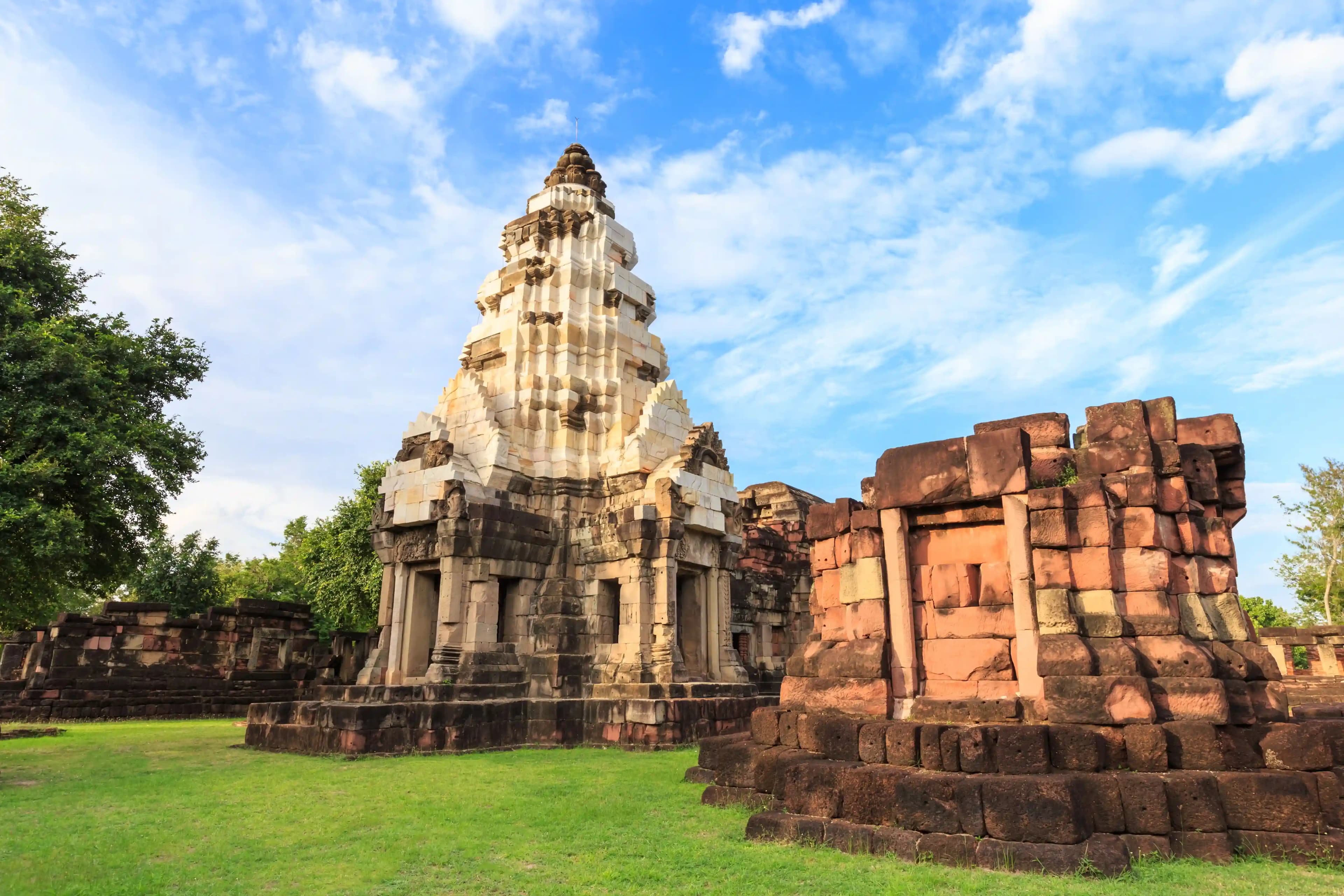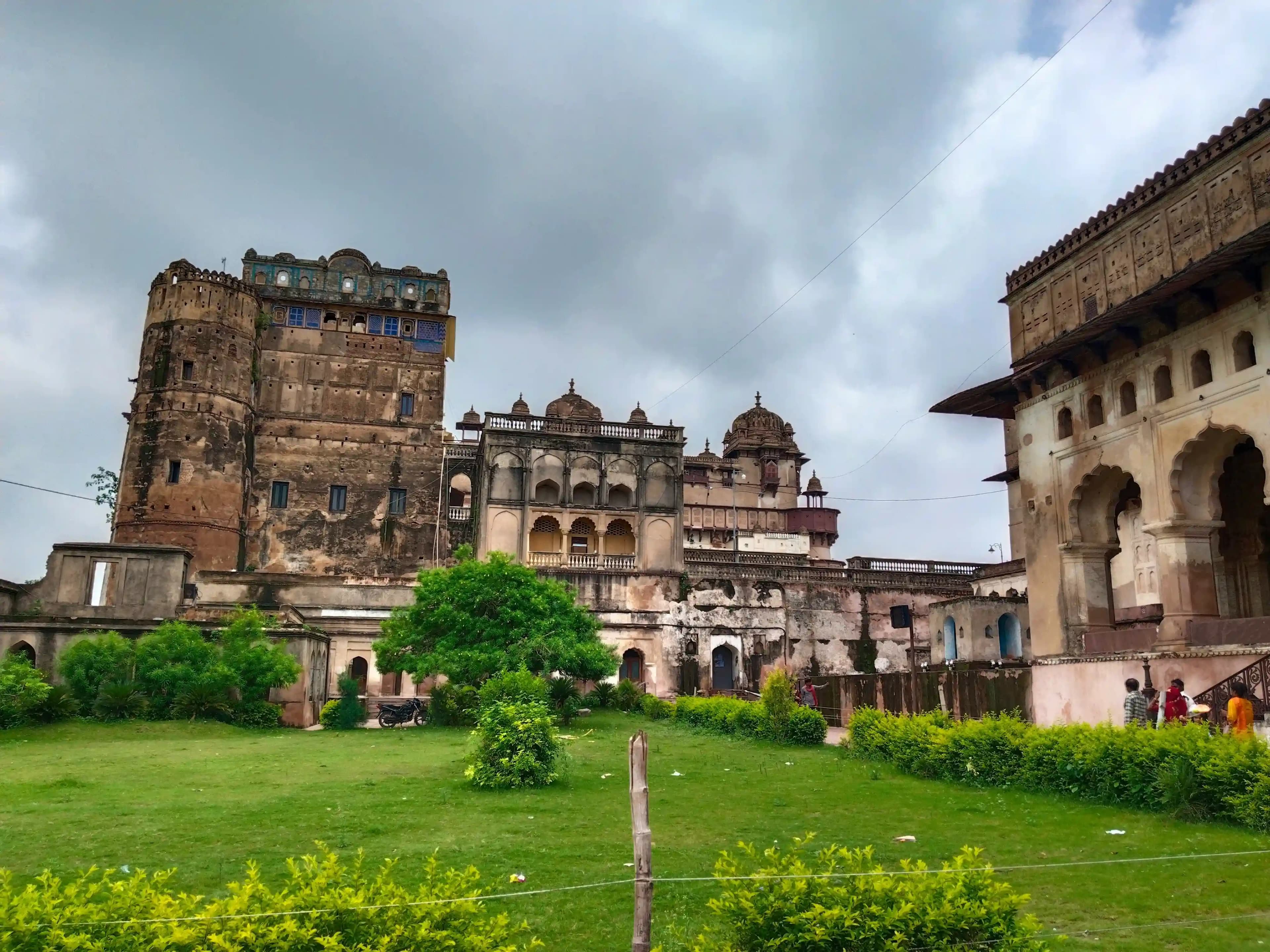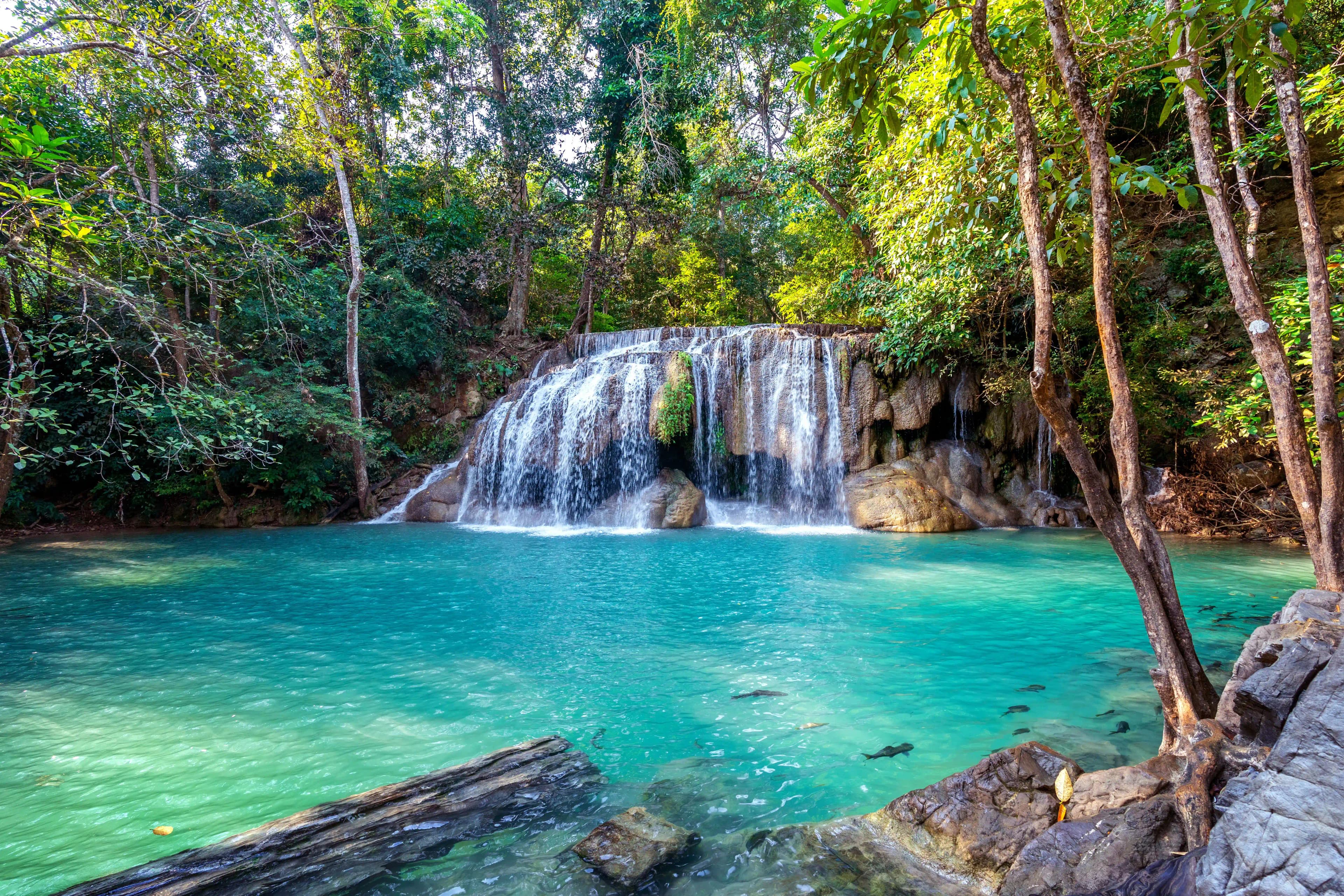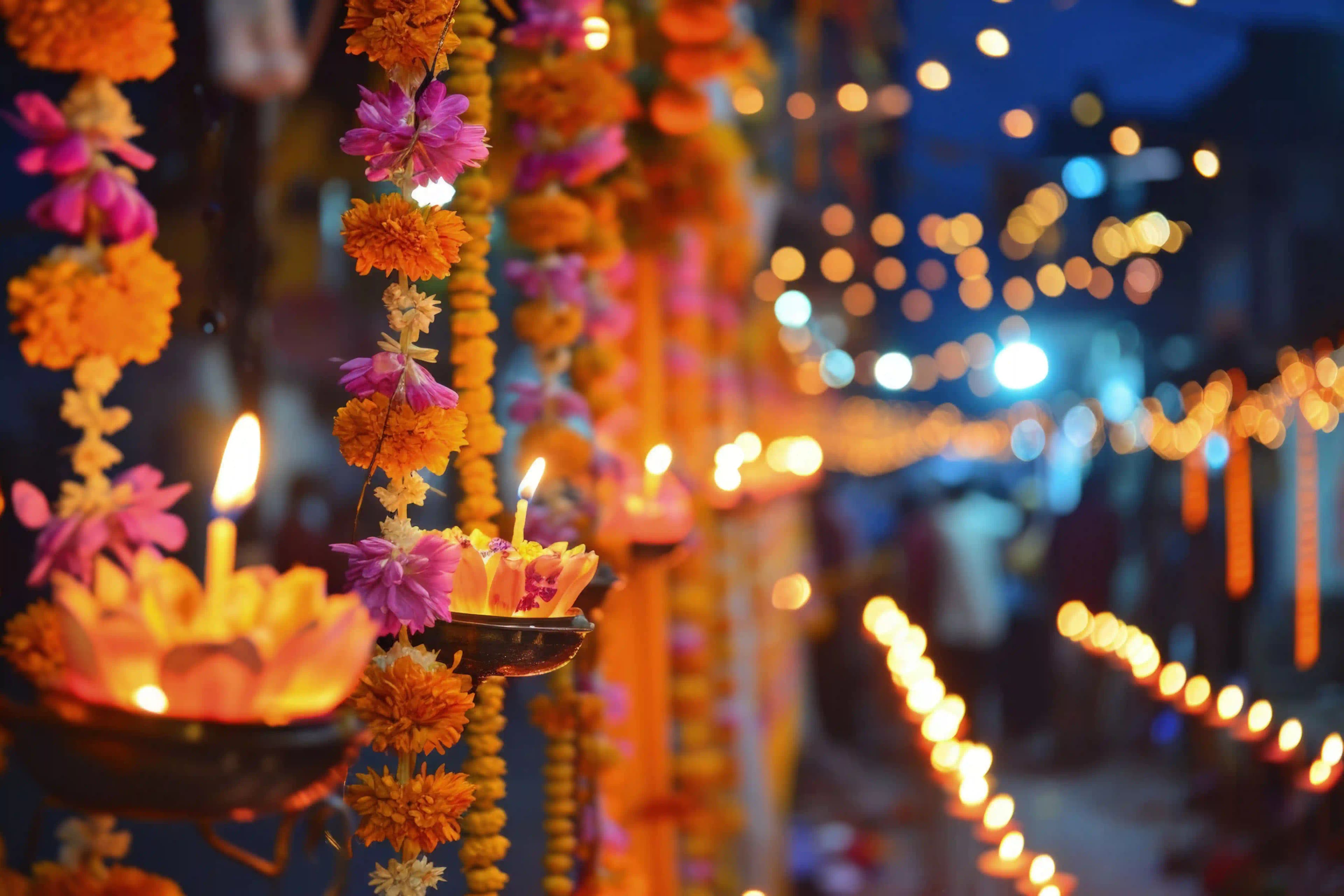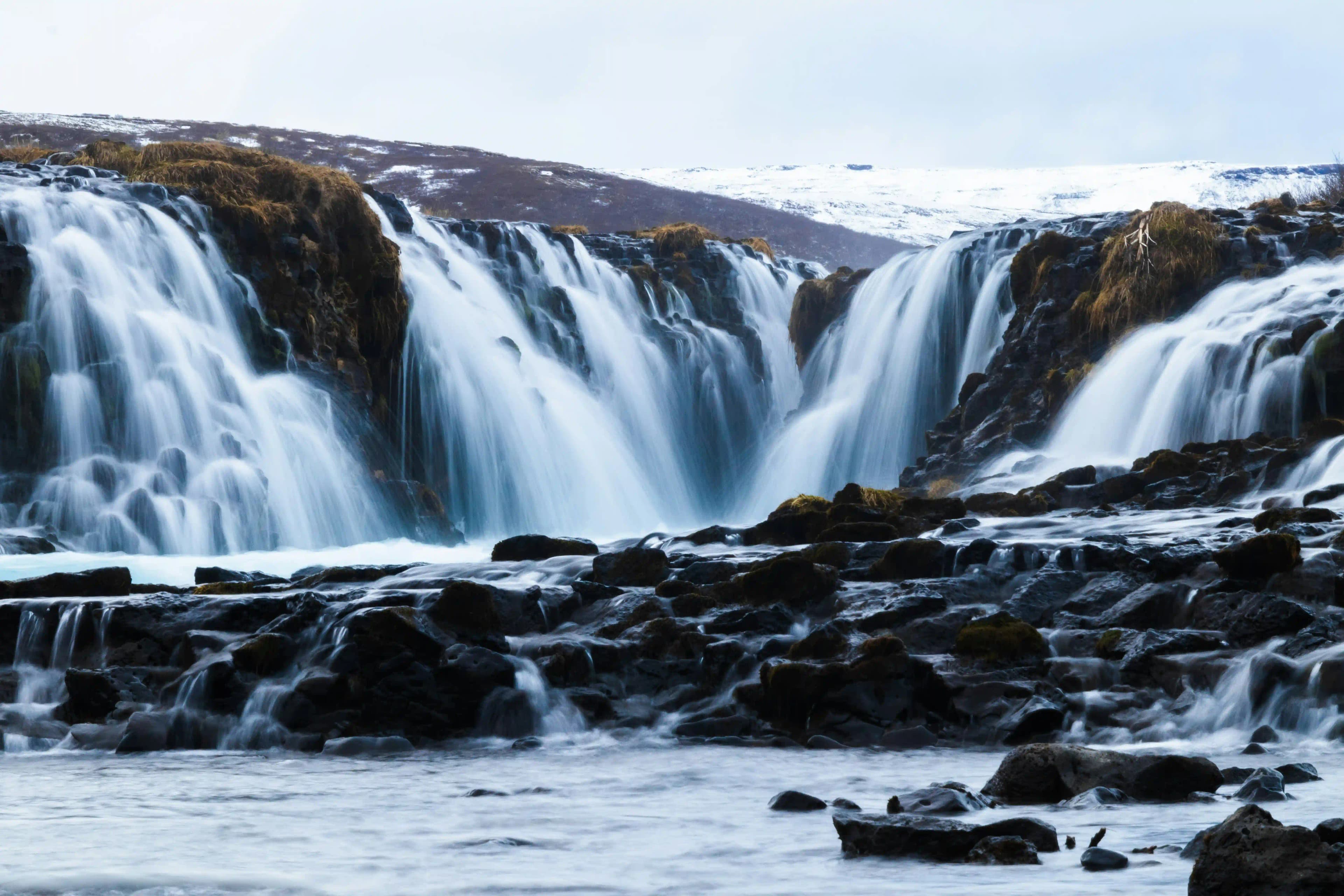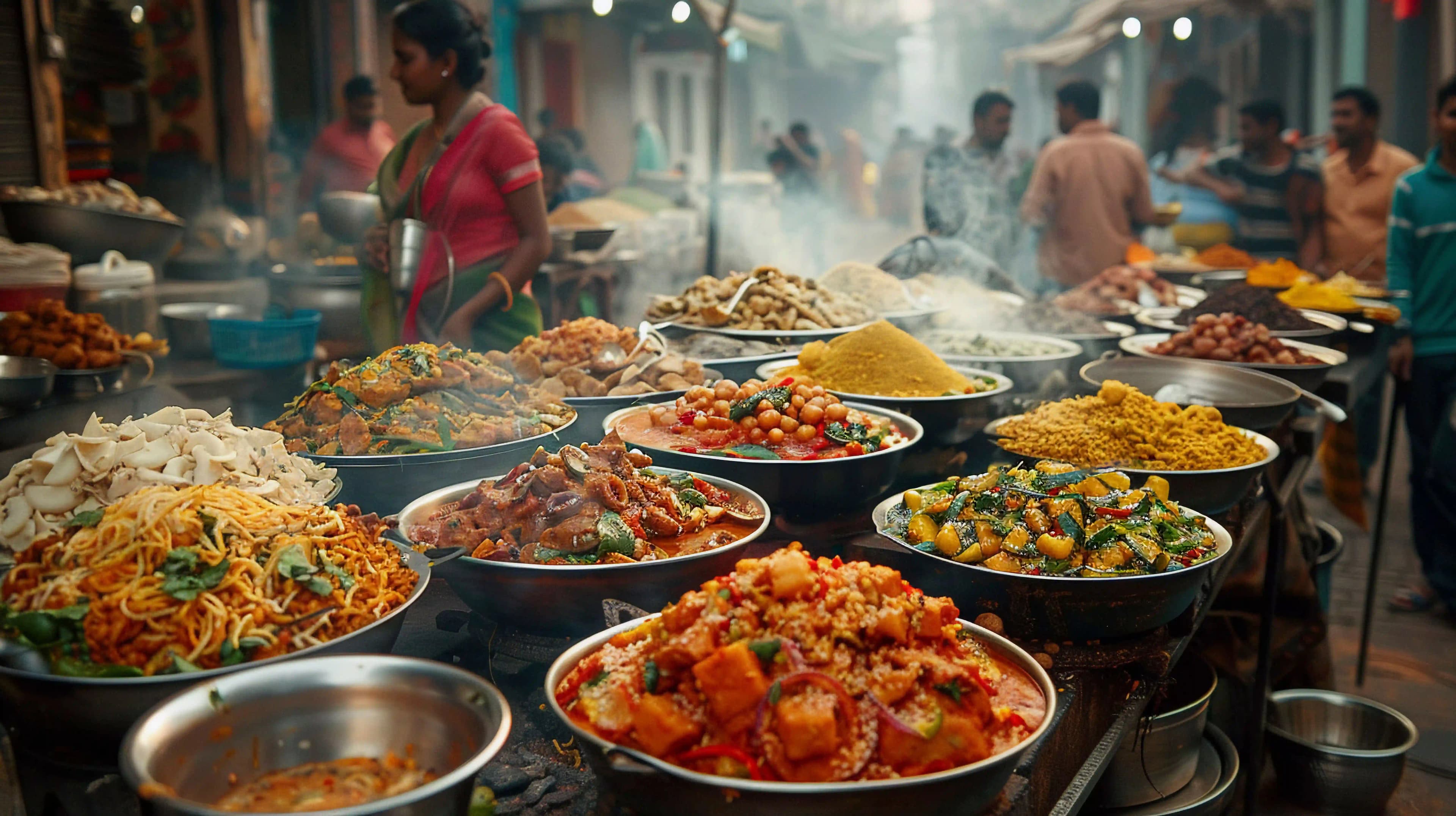History has established Gwalior as a place well-known for its impressive collection of majestic forts and palaces along with temples. Visiting Gwalior during the right time becomes essential to fully appreciate the majesty of the Gwalior Fort along with the spiritual Sun Temple and cultural events at Tansen Music Festival. Diverse weather patterns throughout the year grant visitors different views of architectural masterpieces and the traditional customs and traditions of Gwalior. This guide provides essential information about the best time to visit Gwalior as well as seasonal benefits and obstacles to help you chalk out a remarkable travel experience that stays ingrained in your heart forever.
Best Time to Visit Gwalior
Sincere history enthusiasts together with diverse cultural researchers should undoubtedly plan a trip to Gwalior. Your travel experience in Gwalior heavily depends on the climate and it becomes crucial to select the proper season. The city of Gwalior experiences three distinct seasonal patterns which shape the ambience of the majestic city- winter, summer and monsoon. Your desire for pleasant sightseeing conditions, minimal crowds or certain festival experiences is what influences which month you pick up for a trip to Gwalior. This seasonal guide will help you determine the best time to visit Gwalior.
Winter Season: October to March (8°C - 25°C)

Winter is indeed the most preferable time to visit Gwalior. The climate is pleasant and cool, just ideal for visiting the historic monuments, lush gardens and cultural events without the hassle of harsh weather.
Why Visit Gwalior in Winter?
Winter in Gwalior is charming with pleasant day temperatures between 8°C to 25°C, making outdoor sightseeing all the more wonderful and is the best time to visit Gwalior. It's the best season to visit the fort of Gwalior, one of the most impregnable hill forts in India and take in the panoramic view of the city. The fort appears even grander in the cold winter winds. Gwalior also witnesses the annual Tansen Music Festival, in December as a tribute to the iconic musician Tansen. The festival brings classical music lovers from all parts of the nation, a special cultural addition to your tour. Apart from historic sites, winter is the ideal season to explore Sas Bahu Temple, Jai Vilas Palace and Tomb of Ghaus Mohammed, where you can behold the glory of Rajput and Mughal style architecture without contending with heat and humidity.
Travel Tips for Winter Visits
- Book accommodations and travel tickets well in advance to avoid high and crazy prices.
- Carry light woollens, especially if you're planning to explore the city early in the morning or late at night.
- Attend the Tansen Music Festival for a wonderful and unique cultural experience.
- Visit the Gwalior Fort during sunrise or sunset for the best views ever and amazing photographs.
Monsoon Season: July to September (22°C - 32°C)

Monsoons turn the city of Gwalior green. While full-fledged, never-ending rain does not feature here, as in much of India, light showers work as a source of relief from the usually dry landscape that characterizes this city.
Why Visit Gwalior During Monsoon?
The monsoon months from July to September transform Gwalior into this incredible green wonderland, making it the best time to visit Gwalior. Gwalior Fort, Phool Bagh and Tigra Dam appear even more gorgeous. The rain-washed vistas provide such a chill and invigorating atmosphere, ideal for nature lovers. Also, with fewer crowds around, monsoon is absolutely perfect for peace-seeking travellers and budget-friendly holidays. Hotel and travel rates generally fall and you can have a fantastic experience without burning a hole in your pocket. If you're a photography buff, this season's a photographer's dream, allowing you to click the misty backdrops and rain-kissed buildings that really make the city special.
Travel Tips for Monsoon Visits
- Carry waterproof clothing, umbrellas and sturdy shoes for thriving through wet conditions.
- Opt for indoor attractions like Jai Vilas Palace Museum on rainy days.
- Keep an eye on the weather forecast and plan your sightseeing accordingly.
- Consider monsoon trekking at Tigra Dam if you're up for a bit of adventure.
Summer Season: April to June (26°C - 45°C)

Gwalior experiences hot summer months with temperatures reaching a high of 45°C. This is the worst time to go sightseeing due to the heat. However, if you can tolerate the heat, summer presents unique opportunities.
Why Visit Gwalior in Summer?
The best advantage of visiting Gwalior in summer (April to June) is the low tourist traffic, which provides you with an opportunity to visit sites like Gujari Mahal, Tansen's Tomb and Sun Temple without any crowds. If you prefer a peaceful sightseeing experience, this is the ideal time. Moreover, hotel and travel costs decrease by a fraction, making it an economically viable time for tourists. Even though afternoons turn scorching hot, early morning and evening are relatively cool and you can visit major attractions like Gwalior Fort and Jai Vilas Palace without any hassle.
Travel Tips for Summer Visits
- Plan sightseeing trips during early mornings or late evenings when temperatures are comparatively cooler.
- Stay hydrated and carry sunscreen, sunglasses and a chic hat for protection from the sun.
- Opt for air-conditioned transport and indoor attractions like museums during peak afternoon hours.
- If possible, schedule your visit around local fairs and festivals to make the most of your trip.
Tips for Planning Your Trip to Gwalior
Gwalior travel is all about considering various aspects like climate, festivities and traditions in order to make your tour hassle-free. Following are some tips and tricks that would help you in extracting the best from your tour.
- Choose the Best Time: Choosing the Gwalior best time to visit is relatively important in making sure that you have as much fun as you can.
- Plan in Advance: Gwalior is a favourite tourist destination and booking early will assist you to achieve the cheapest travel and hotel options. If travelling in the peak winter months, book hotels and transport ahead of time to avoid exorbitant expenses and non-availability. Check out the local festivals, fairs and other cultural events
- Pack Smart: Appropriate packing according to Gwalior's climate can ease your journey.
- Respect local customs: Dress modestly, particularly when going to temples, mosques and ancient monuments. Lightweight yet modest dress is advisable for women and men. Be respectful of religious feelings by keeping decorum at holy places. Refrain from loud talking, respect photography bans where applicable and take off shoes when necessary.
Conclusion
The best time to visit Gwalior, of course, depends on your travel preferences. If you want to experience comfortable weather and cultural festivities, winter (October to March) is the best time to go Gwalior. For budget travellers who enjoy luscious greenery, monsoon (July to September) offers a very unique charm. While summer (April to June) is the least preferred, it still provides quieter sightseeing opportunities at lower costs. No matter when you choose to visit this beautiful city, Gwalior’s historical heritage, rich and diverse culture and architectural marvels promise an experience that one can never forget. Wait no more, book your tickets and pack your bags for a super exciting trip to Gwalior.
Frequently Asked Questions
1. Which season is the city of Gwalior's peak tourist season?
The best time to go to Gwalior is October to March, with good weather and cultural events such as the Tansen Music Festival.
2. Which is the hottest month in Gwalior?
May is the hottest month of the year, with temperatures usually reaching a staggering 45°C. The extreme heat can make daytime sightseeing very difficult and unbearable for those who want to venture out.
3. Is it worth visiting the historic city of Gwalior during the rainy season?
Yes, if you enjoy having greenery everywhere and less crowded, but are prepared for some unexpected rain showers which could disturb your travel plans.
4. How many days does it take to visit Gwalior?
Two to three days are ideal to visit Gwalior Fort, Jai Vilas Palace, Sun Temple and other historical landmarks at a comfortable pace.
5. Are there any significant festivals that are celebrated in Gwalior?
In fact, the Tansen Music Festival, which takes place in December, is a cultural highlight. In addition, it coincides with the Gwalior Trade Fair, an important event and some local religious festivals that are held throughout the year.
